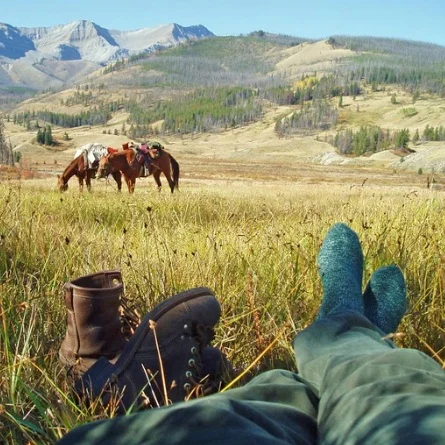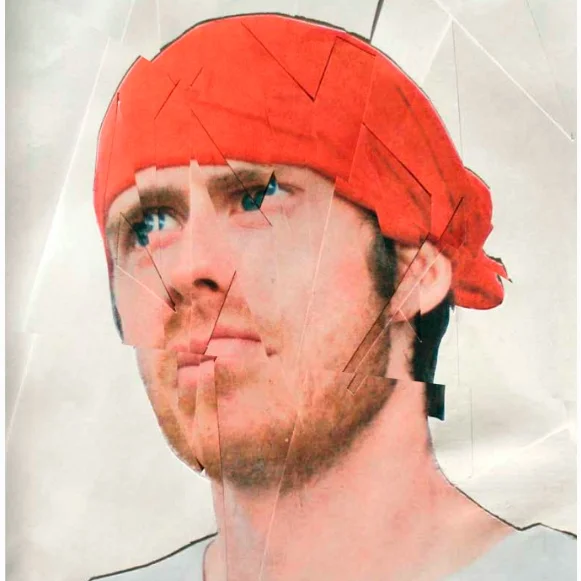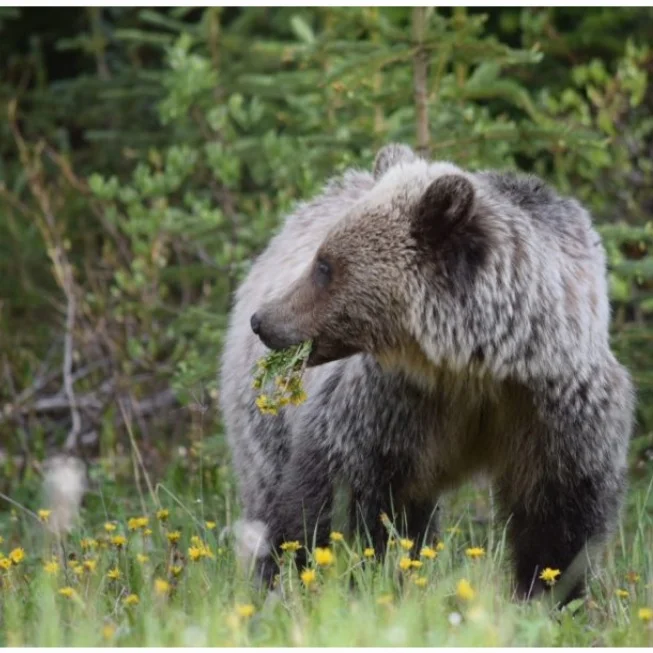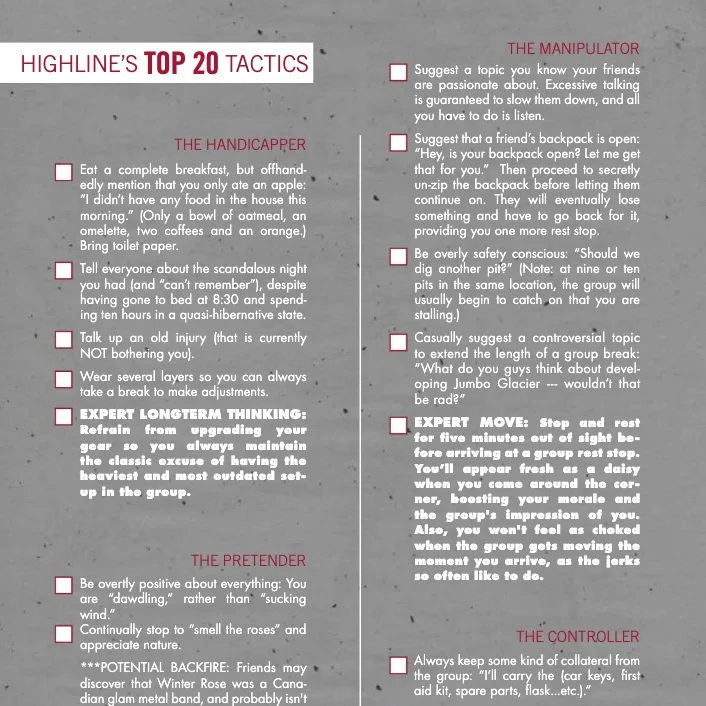Bushcraft: How to Build a Fire
Story by Erin Cipollone. Photos by Dane Ulsifer. Design by Lin Oosterhoff.
Highline Magazine, Summer 2015 edition.
The word bushcraft likely conjures visions of being dropped out of a plane onto a hostile landscape with only a sewing kit and your bare-knuckle brawling skills to keep you alive. The term has been in use for centuries by colonizers, explorers and the military, but was recently popularized in Canada thanks to the reality TV show Survivorman, which follows a wilderness expert’s bid to stay alive while navigating remote locations with only his wits and minimal equipment.
Here in the Bow Valley, Dave and Brenda Holder of Mahikan Trails are practicing a kinder, gentler, more-accessible bushcraft. Bushcraft can be a means to connect with our natural surroundings – an alternative way to be in nature rather than the usual hiking, biking, skiing, etc. In this issue of Highline, Dave Holder walks us through how to build a fire in the backcountry.
STEP 1: Plan ahead
Be Prepared; the motto of the Boy Scouts and Girl Guides. To Holder, that means carrying his “fire bag” of tricks – for the rest of us, pack at least three methods of lighting a fire: matches, a lighter and Dave’s favourite, a ferrocerium rod, which is easily purchased at Canadian Tire and provides a shower of sparks when scraped against hard metal. Also pack cotton wool found at any drug store or in the dressings of a First Aid kit.
STEP 2: Pick a location and prep the ground
Holder advises choosing an open area without any low tree branches that risk creating a larger-than-intended fire. Ideally, pick a spot with wind blowing through to assist the movement of the flames. Once a good piece of real estate is located, clear away the first few layers of the forest floor in an area about 30 centimetres square.
STEP 3: Build the bones of the fire
Gather wood ranging from matchstick-thick to leg-thick. Potential sources are the low, dead branches of spruce trees or entire dead pine trees. Once all the wood needed for the fire is collected, start construction on the beast. For the base, Holder uses a Siberian fire lay – essentially a raft of branches about 2.5 centimetres in diameter. On top of the raft, build two walls of thin branches in an inverted V shape, then fill the centre with kindling such as fine grass.
STEP 4: Light the fire and make it grow
Spread out the cotton wool and, using matches, a lighter or a “ferro” rod, ignite it and hold the flame to the teepee of kindling. In place of cotton wool, Holder says any “fluffy” material found in nature can be used. Once the V of branches is lit, the wind will carry the flames through the wood. Fuel the blaze by slowly piling on wood. Start with matchstick-thick pieces, move on to pencil-thick, then finger-, arm- and finally leg-thick logs.
STEP 5: Kick back and get toasty
Next up, gather around and enjoy the crackling warmth of a well-built master-of-bushcraft fire. If friends are present, ask them to crack you a beer because the evening just got a whole lot more enjoyable.
STEP 6: Extinguish the blaze
Depending how long the fire raged, you’ll either be left with a pile of ashes… or a fire. Pour water on the fire. Don’t have water? Pee on the fire. Separate the logs and make sure they are fully extinguished. Stir up the ground around the fire and feel it with your hand. If there are any warm spots pour water on them. Don’t have water? Pee on them. Warm spots could potentially rekindle the fire.
There it is : how to build a fire in the backcountry. Next issue: how to pee on demand in front of a group.
What’s in Dave Holder’s Fire Bag?
Find out at: mahikan.ca/media.html
Where are backcountry campfires permitted?
National and provincial parks in Alberta do not allow backcountry campfires. If you’re headed into a wilderness area outside a park – have a look at albertafirebans.ca and double check with local authorities.










